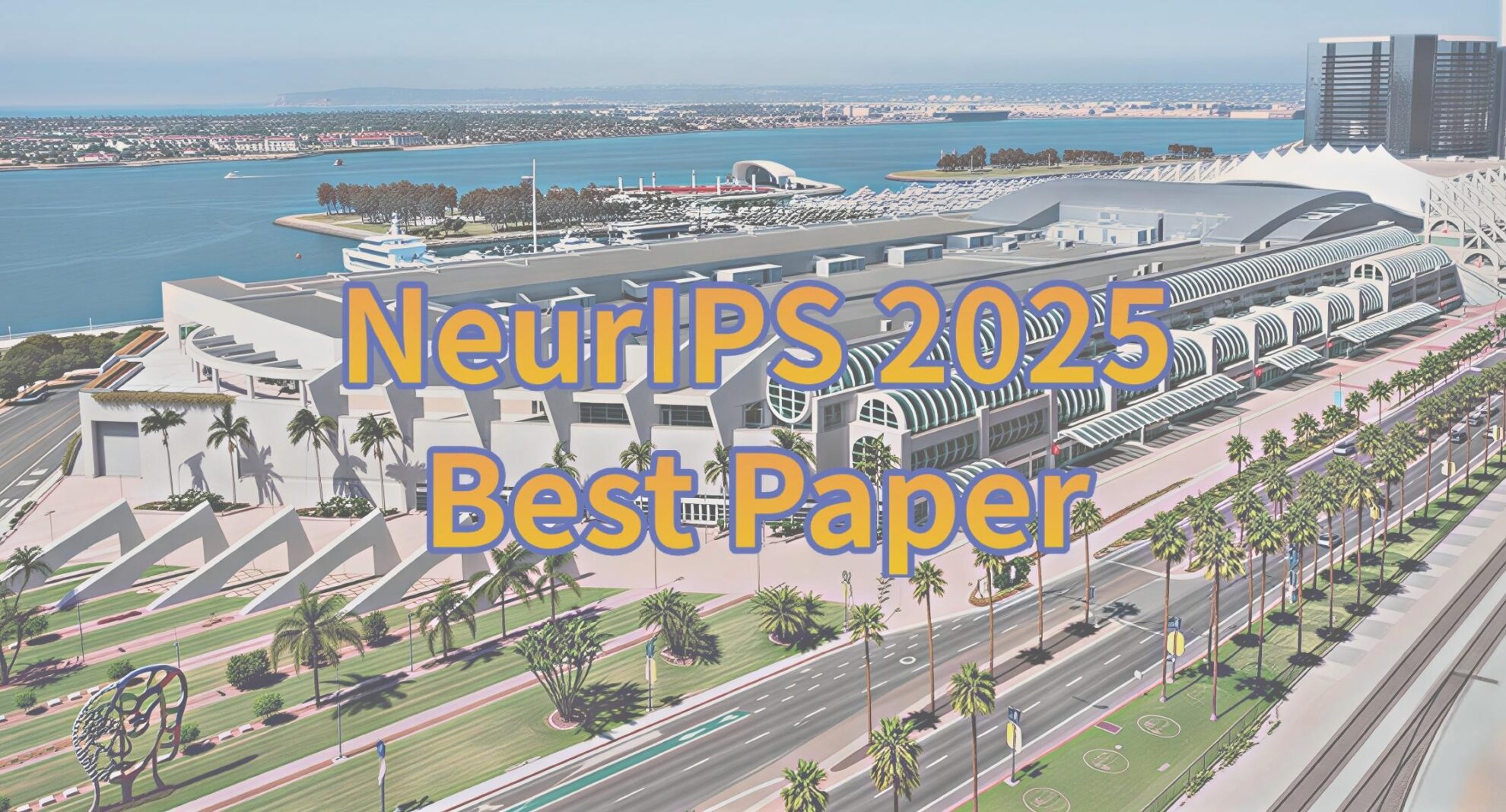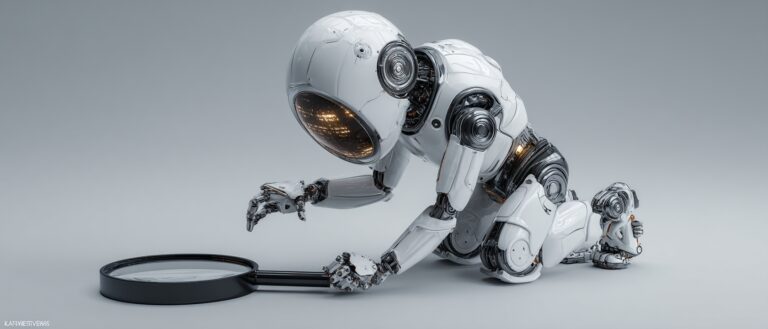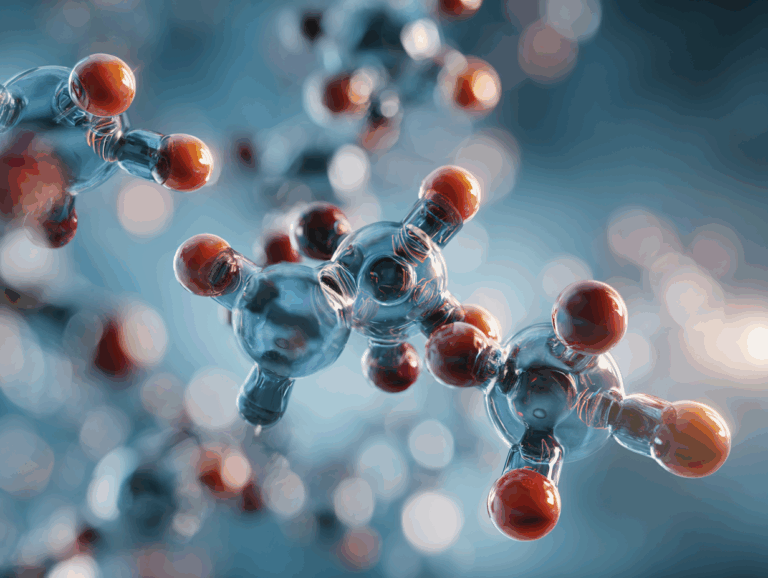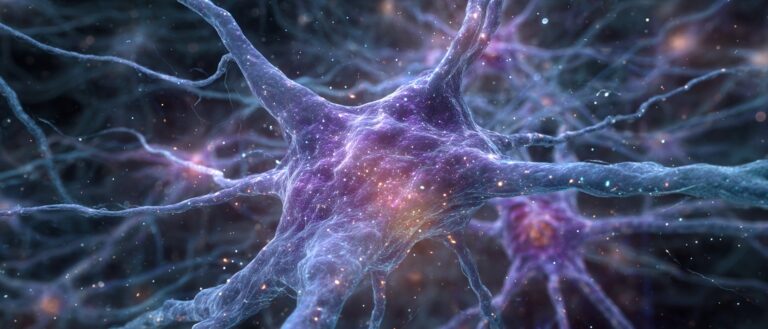Artificial Intelligence Enters the Catering Industry: AI Cocktails Make You Tastier the More You Drink

"Eating" has now become a culture, and the unremitting pursuit of food can be said to be a driving force in human history. From the evolution of cooking to the current variety of cuisines, what new ideas will appear in food pairings, and the blind obedience to food incompatibility also indicates that new methods and techniques will be put to good use.
Food and cooking are of great significance to the development of human civilization. From eating cooked food and cultivating crops to adding seasonings, enriching cooking methods, inventing refrigeration, etc., a series of inventions of eating tools and methods are all for improving living standards.
The book "The History of Food", a book on food culture, discusses the first revolution in food, which led to a major evolution of mankind. One of the important nodes was the emergence of cooking. The book describes such a scene of eating: squeeze lemon juice on the oysters, and then bake them over a low fire, and its texture, taste and flavor will undergo a wonderful change...
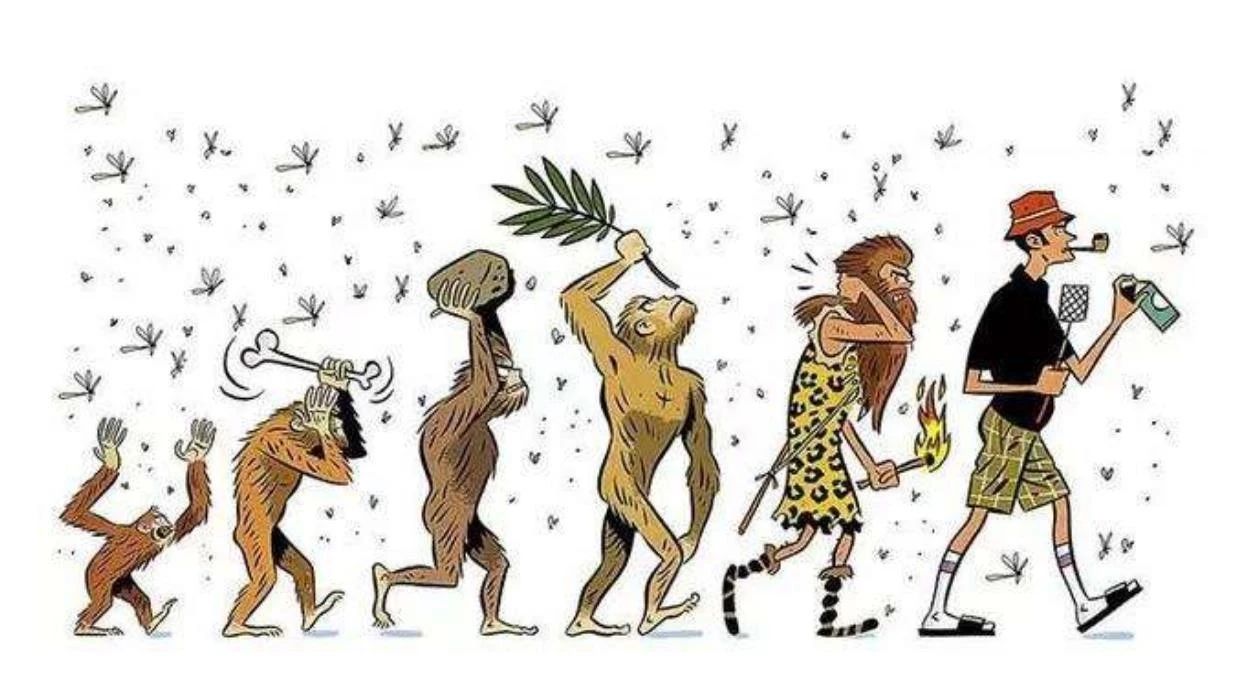
From the use of fire to the emergence of cooking, the process of making food has gradually become a kind of magic, and there are more and more ways to eat. Food is no longer just a way to fill your stomach for survival and life, but has become an art and pursuit in the production of various combinations.
The road to advanced food starts with pairing
As the content of "eating" becomes more and more sophisticated, humans who are full begin to think about such questions:What foods can be eaten together? What foods taste better together?
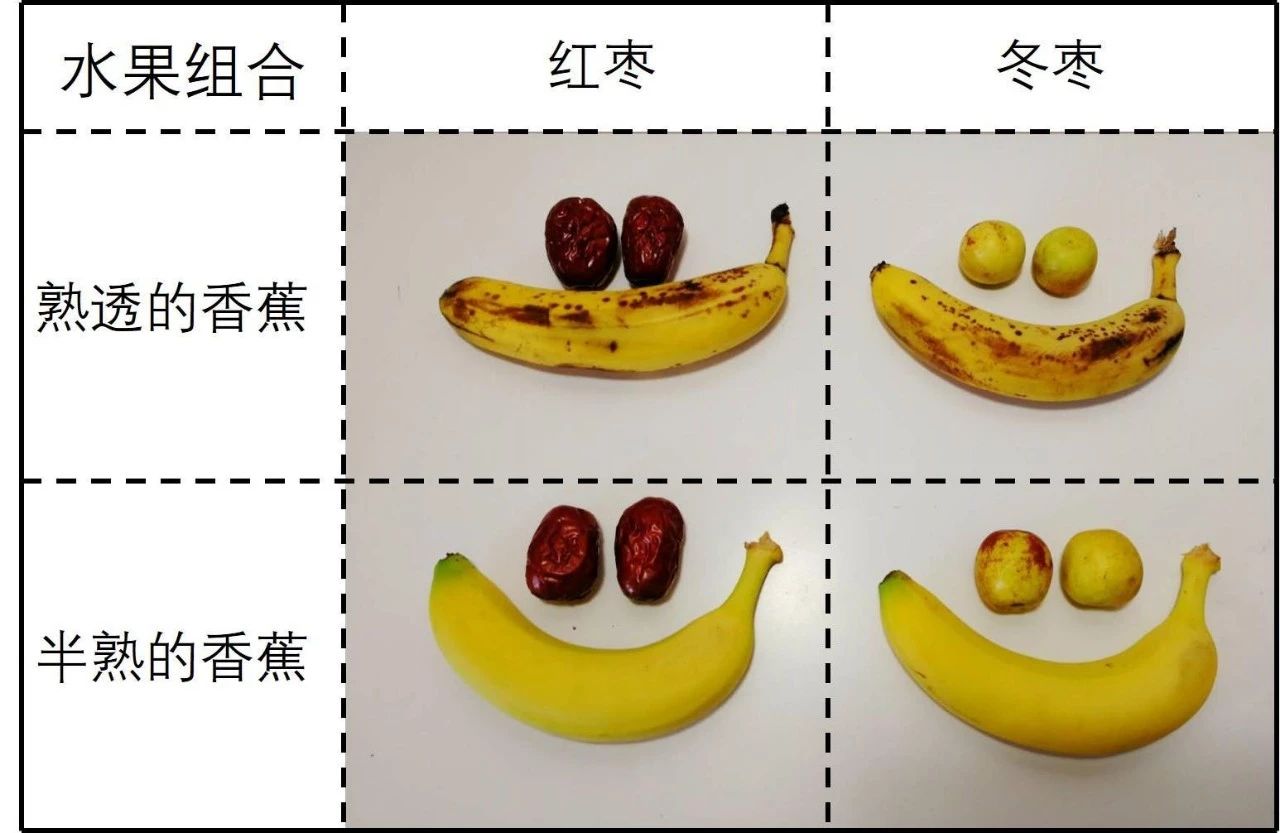
To solve this problem, ordinary foodies rely on the inherited kitchen rules, while more experienced foodies refer to the methods of gourmets or high-end recipes. However, these methods have a narrow coverage for a wide variety of foods, and they are all based on experience and are highly subjective.
The good news is that we now have new options:You can use neural network methods to make combinations and tell you what tastes best.
Recently, an article called"KitcheNette: Predicting and Recommending Food Ingredient Pairings using Siamese Neural Networks" (https://arxiv.org/abs/1905.07261)The paper describes the intelligent food matching system of the Korea University experimental team and their hardcore research on food matching.
KitchenNette:Unlocking the mysteries of food pairing with algorithms
This system is based onSiamese Neural NetworksA model framework.
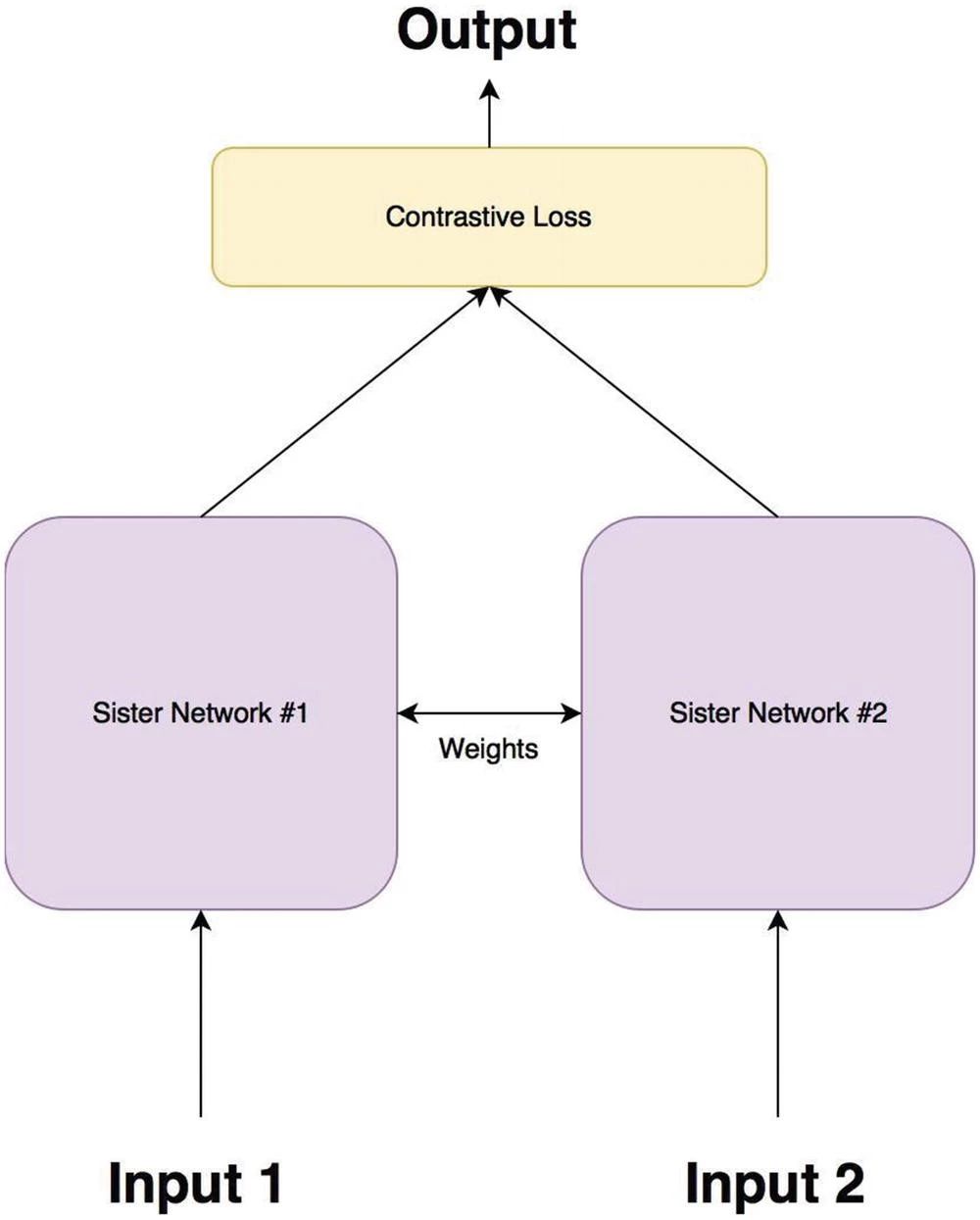
The twin neural network is used to measure the similarity between two inputs. It has two inputs, which are transmitted into two neural networks respectively, so as to map the inputs to a new space and form a representation in the new space. Then, the similarity between the two inputs is evaluated by calculating the loss.
In this study, researchers developed a food pairing model KitchenNette , taking two ingredients as input, it can calculate how suitable they are to be paired together. The final expression is a score between -1 and 1, and the higher the score, the better the combination of the two foods.
To train KitchenNette, they created a food dataset called Recipe1M, which collected a large amount of recipe information, including text and pictures of a variety of foods, including ingredient lists and recipe instructions.
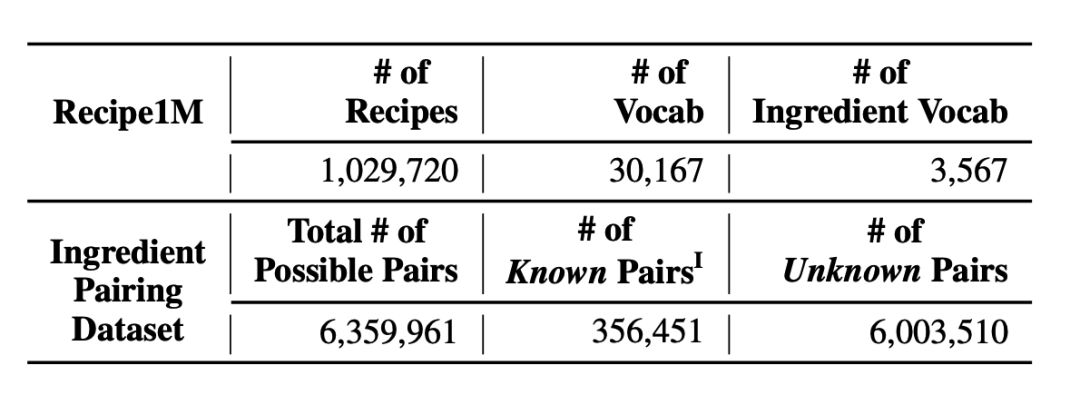
From these recipes, we filtered out the food through word vector extraction and other techniques, and then performed pairing operations.A total of 356,451 valid known combinations were obtained, and the remaining 6,003,500 food pairs were unusual or had never appeared before and were used as test sets..
They also use Im2Recipe Algorithm to extract the names of ingredients from images.
The architecture of the KitchenNette model consists of two main components.
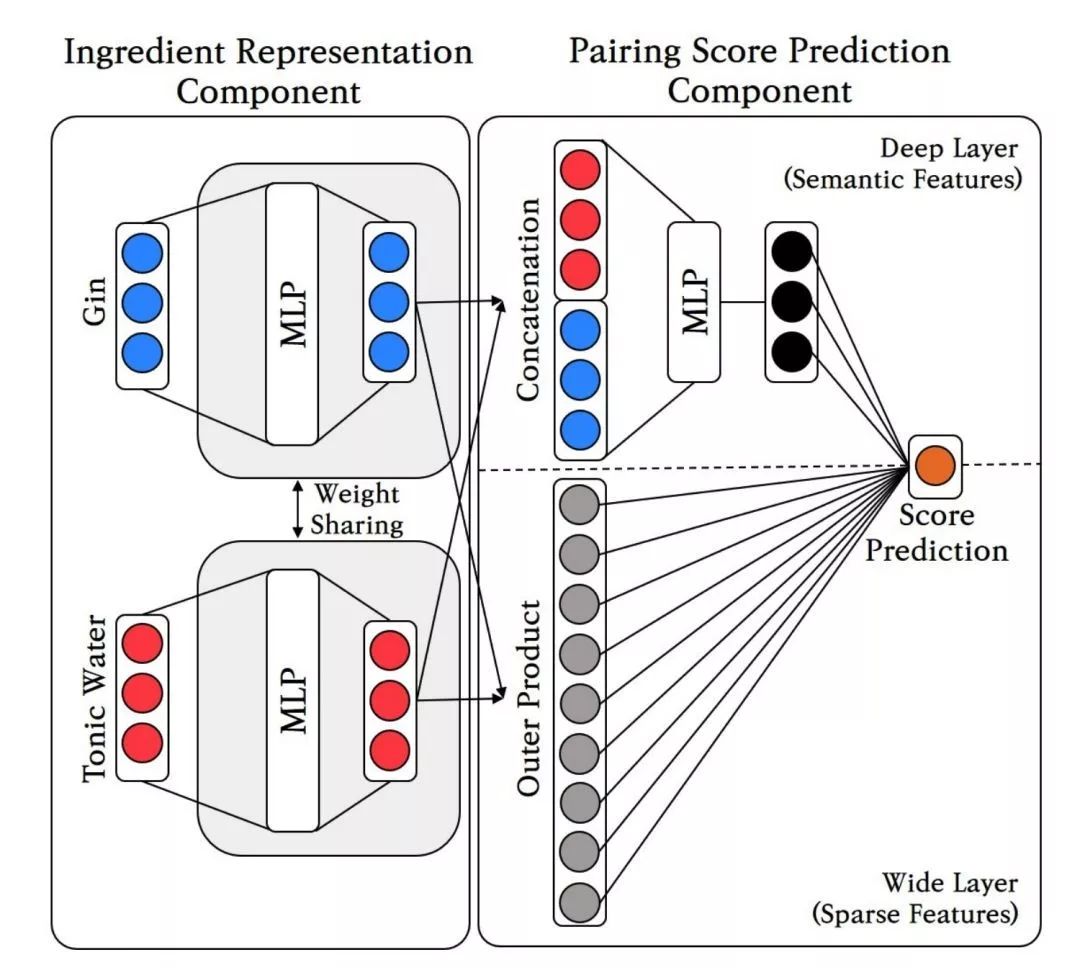
The first one uses a twin neural network Ingredient Representation Component, where there are two multi-layer perceptrons (MLPs) with the same weights, each receiving the input of ingredients. Each MLP has two fully connected layers to process the input component vector.
The second component is 「Pairing Score Prediction Component,Deep& Wide Layers are used for the scoring process.,In the Deep Layer, the two layers of learned representation vectors are,concatenated and passed to another MLP that computes the joint representation,of the two components to extract semantic features, while the Wide Layer is used to,capture sparse features.
After building the model,First, let the model learn the labeled food combinations, analyze and find the rules of "good combinations" from the 300,000 already scored pairs, and then use the remaining 95% food combinations for the final test..
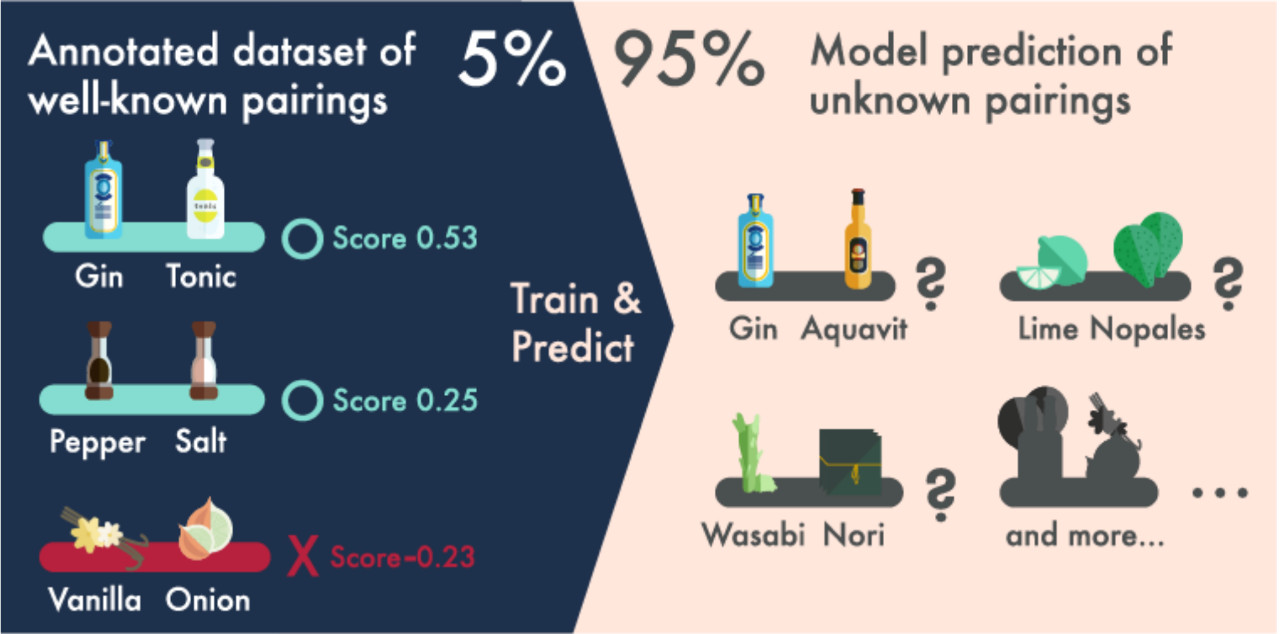
According to their paper, KitchenNette only needs to input two foods and it will give a judgment score on whether they are suitable for pairing, and the result is better than other models.
Cocktails and pastries are the best pairing for models!
To assess the accuracy of the model's predictions, they performed several qualitative analyses.
By inputting known classic combinations, we tested whether the model could give fair scores. By comparing it with other classic models, we found that KitchenNette's predictions were more in line with people's eating habits. Finally, after comparing it with the recommendations of gourmets, we found that the results were very close.
Especially for alcoholic beverages and pastries, they have standardized recipe ingredients and can control the taste more accurately.
for example,Champagne + orange peelas well as Sparkling wine + orange peelThe matching scores of Sparkling wine + onionand 「Prosecco + Onion」Such a strange combination received a very low score.
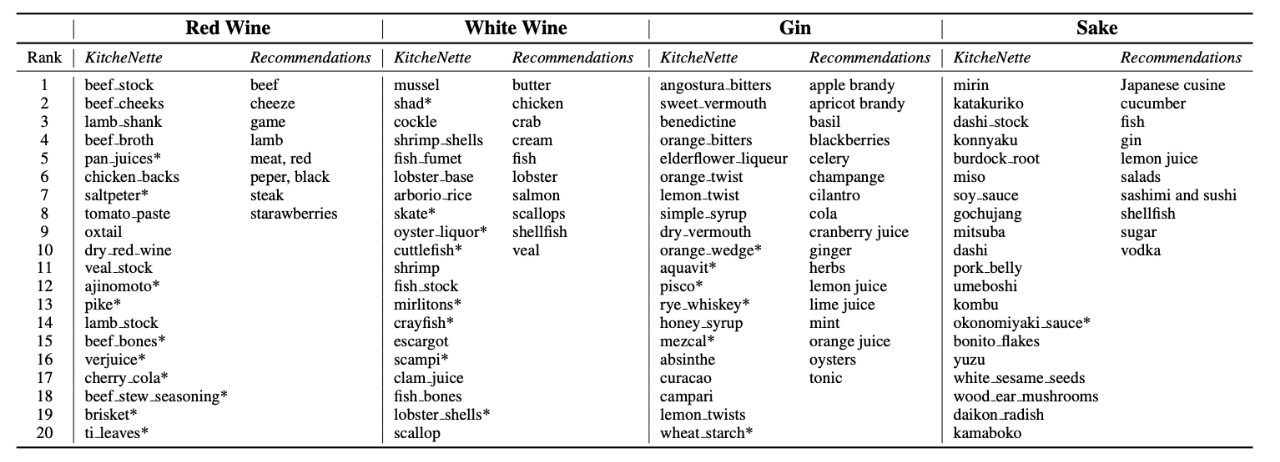
In Bristol, UK, another innovative team TinyGiant Focused on developing innovative AI-created food, the team has so far created several AI-customized cocktails and cupcakes.

As for the follow-up of this study, the researchers said that they will make further optimizations, such asConsider the chemical information of food ingredients,Use the encyclopedia for detailed information on food ingredients,as well asMore "new" and "real" recipes, the model is trained to recommend more diverse food ingredient pairings.
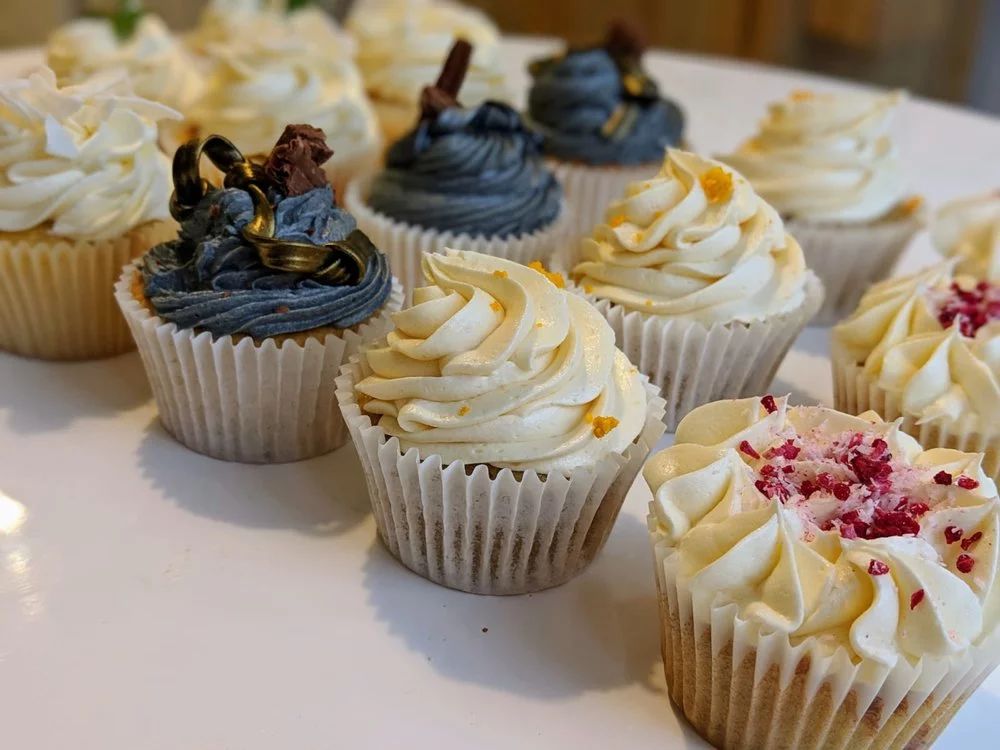
In recent years, the popularity of food programs such as "A Bite of China" and "A String of Life" has allowed us to see the amazing charm of food. Now it seems that AI may open up a new world of food pairing faster than we can.

--over--

